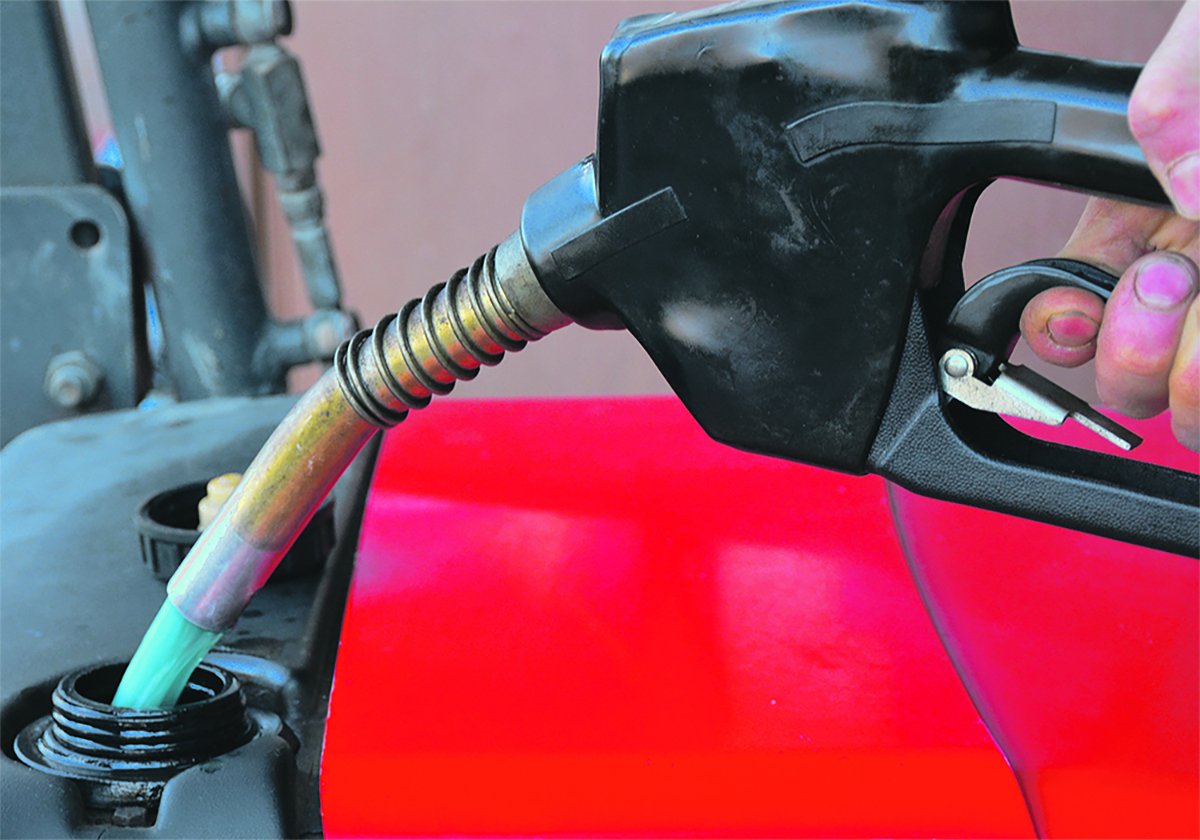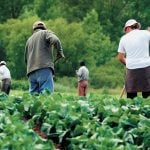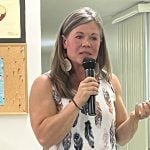IRON RIVER, Alta. – For Gordon Graves the farmer, the past two years of dry weather have meant poor pastures, dry dugouts and crops that struggle to make it worth combining.
But the dry weather creates different problems for Gordon Graves the fire chief.
The volunteer firefighter from Iron River has spent three of the last four days fighting a stubborn peat fire that has burned deep underground for more than a year.
Each time firefighters think they’ve put out the fire a strong wind blows it to life again.
Read Also

Alberta may eliminate marked fuel
Alberta may soon stop selling dyed gasoline and diesel.
This time they dug a 13 metre fire guard around it and the landowner continues to pump thousands of litres of water on the land.
“We hope we got it this time.”
Graves the firefighter and Graves the farmer are in desperate need of the same thing – rain.
“I never thought it would get this dry,” he said, kicking the hard dirt with his boot.
Hay fields that normally produce three bales per acre yielded less than a bale an acre.
Normally, hay cut from a quarter section of land produces enough silage to feed his 300 Galloway cows.
This year he’s bought straw and hay from neighbours to supplement his feed. Last year he even chopped canola straw to mix with silage for the cattle.
“You can get really creative when you’re feeding cattle,” said Graves, who chose Galloways for their ability to survive without being pampered.
“They’re the next best things to bison.”
What the drought didn’t dry out, the grasshoppers ate.
“This is not normally an area for grasshoppers,” he said of northern Alberta, which is more commonly known for fishing, wildlife and wetlands.
In some fields surrounded by trees, any opening in the trees became a funnel for the grasshoppers to pour into the fields.
The dry weather did have a benefit. Graves said he gained 140 acres of grazing when a local lake lost most of its water.
“That was a blessing in disguise,” said Graves, who took advantage of the pasture that appeared where there was normally water.
At nearby La Corey, Ulla and Jens Hansen consider themselves lucky. While some of their fields were hit with hail and grasshoppers, many of their fields did get timely rains.
“Considering the year, we did really well,” Ulla said.
“We could have used one more rain, but we don’t want to be greedy.”
Their crops, a boost in barley prices, the provincial government’s acreage payments and oil well revenue will help the Hansens earn the most money they have made in years.
They think they’ll even beat last year’s combined net income of $27,000.
“We’re really happy with what we got despite the year,” Jens said.
He feels lucky that the grasshoppers, lygus bugs and diamondback moths left them something to harvest.
Considering the dry conditions, yields are “not that bad,” said Edwin Bancarz, who is looking after the Agricore elevator in Bonnyville for the next month before it closes.
“They look fairly decent,” he said, especially crops in fields that caught timely rains.
Early in the season it looked like dry weather may have damaged the seed, but as harvest wore on the worry disappeared.
Bancarz said the straw bales are like gold nuggets in the field.
“Straw is premium this year.”
It’s selling for $5 to $15 a bale. Farmers are even bringing equipment from Saskatchewan to bale behind the combines.
As soon as the bales come off, producers will be turning cattle into the fields to pick through the stubble.
Ulla Hansen said fall work will be put on hold until next year, when there will hopefully be more moisture.
“It’s like plowing a highway,” Jens said.














